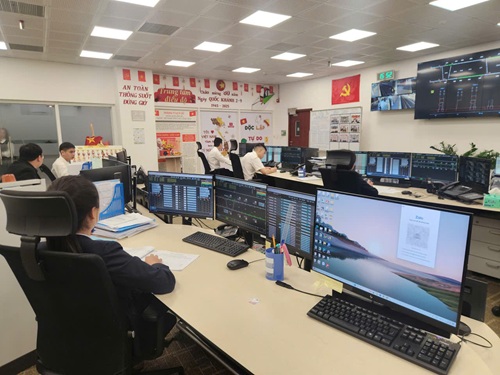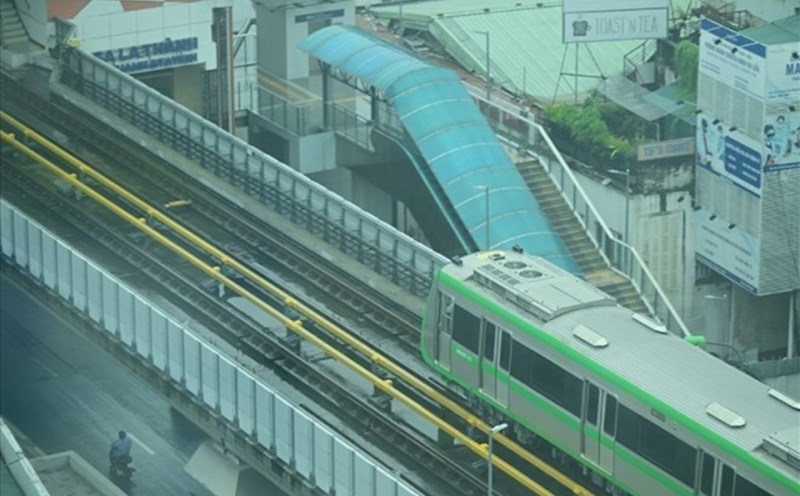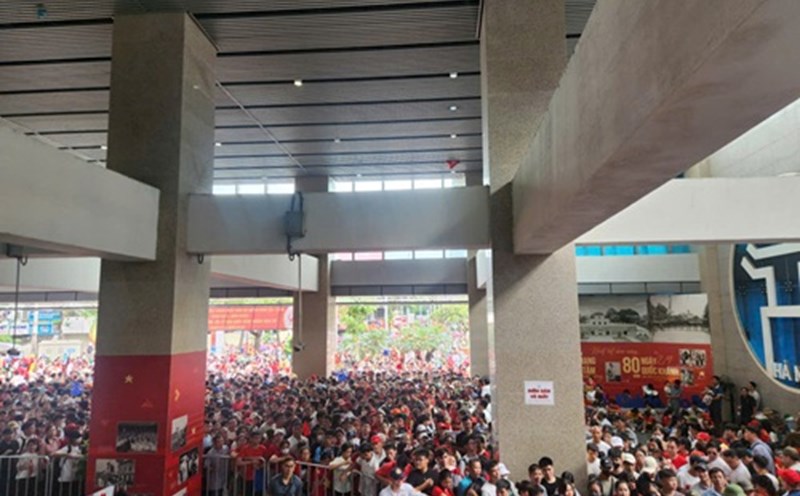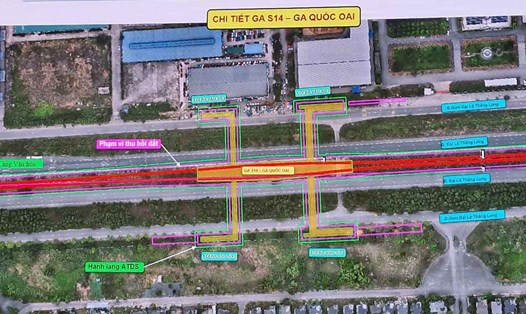put into operation since August 2024, the route's operation technology is a European technology applied for the first time in Vietnam. According to statistics from the Hanoi Urban Railway Management Board (MRB), after more than 1 year of operation, the urban railway line No. 3 - Metro Nhon - Hanoi Railway Station has operated nearly 100,000 trips with millions of passengers, the on-time rate reached 99.84%. This is a testament to the attraction of urban railways and the efforts of Hanoi City in providing a safe, accurate, convenient and environmentally friendly means of transportation.
However, behind that result is the silent contribution of the team of workers and technicians who meticulously measure day and night, tighten each bulb, and take care of every detail of the train. With the free nights of trying to learn and learn from experience, they have gradually mastered repair and maintenance technology.

According to Mr. Tran Duc Hoang - Head of the Urban Railway Operation Center No. 3 Nhon - Hanoi Railway Station, the center's task is to directly monitor, supervise and command all route operations. This is considered the "brain" of the entire system, with 30 employees working in 2 shifts, 4 teams: from 8:00 a.m. the previous day to 9:00 p.m. and from 9:00 p.m. the following morning.
Mr. Hoang said that before putting the train into operation, all departments from construction works, equipment, railways, ticket sales, information - signals, terminal equipment, elevators, escalators, etc. must ensure absolute safety. Therefore, employees at 8 stations must strictly check safety status, ensuring that all personnel are on duty and ready to serve a new day.
After full confirmation, the maintenance department proceeded to supply power to the entire line. The train driver will take the train unladen (no passengers) from the front to the rear and vice versa at a speed of about 30km/h. This is called a "test train", aiming to check the ventilation from the depot to Station 8 and back to Station 1, ensuring no obstacles and a safe signal system. At 5:30 a.m., the train began receiving passengers for the new day.
As the "brain" of the route, the operation center is not allowed to have errors. Due to complex weather conditions and the new system, even though the personnel have been well trained, the operation must still be absolutely cautious and highly accurate. Employees must maintain continuous concentration, because each train is only 6 minutes apart (equivalent to 2 stations - 1 train); just a lack of attention of 30 seconds to 1 minute can be dangerous. Safety is always a top priority.
Mr. Hoang added that although the system is modern, it is inevitable that equipment errors during operation. When an incident occurs, the train driver and technician must coordinate as quickly as possible to handle the situation, avoid interruption of operations and not cause panic among passengers. Each train carries about 500-600 passengers, so safety for passengers, officers and employees is an absolute requirement.
Mr. Tran Quoc Lap - an electricity coordinator of the Line 3 Operation Center - said that electricity is the "breath" and "soul" of the line, playing a particularly important role in operation. Controlling lighting, electric towers and maintenance and repair work throughout the route is very complicated because this is a new technology. In addition to the trained knowledge, the operating engineer must self-study and self-study to handle situations safely and smoothly.
"Currently, with simple, unexpected situations, we can all take control," said Mr. Lap.











